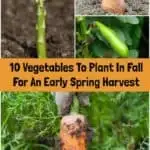
It’s never too late to plant seeds in the garden – except when it is covered by snow!
Let’s not skip seasons too rapidly though, we are still in the abundant harvest of autumn.
There are delicious apples to be turned into jams, sauce, cider and vinegar. The grapes are slowly ripening to a deep purple, almost ready for fresh picking and canning.
Pumpkins and squashes are hanging dearly onto their vines in an effort to ripen fully in the sun, and the last bundles of plantain are being harvested to be made into an herbal cough syrup to add to our natural cold-remedy kit.
With all this harvesting, who has time for planting?
We do. You do. We all do.
We just need to make time for it. Come spring, even later this winter, fall planting of garden seeds will have been all worth the effort.
Some minutes here, some minutes there, and the work is done. Now, what is left is to sit and patiently wait for seeds to germinate and grow.
Naturally, what you can or cannot plant, will be determined by where you live and what the climate is attempting to do this year.
If you have been planning ahead (planting in late spring or early summer), chances are that you already have some hardy winter crops growing such as kale, winter cabbage and Brussels sprouts.
These winter greens will see you through part of the winter; a well-stocked pantry will ensure you eat well till spring and beyond.
Direct sowing of vegetables to grow outdoors over winter
While most fall planted crops will not be available for eating until spring, there are several reasons to plant now.
For starters, the soil is still warm which will encourage quick germination.
While temperatures may be fluctuating from day time to night, as long as the first frost is far off, newly planted seeds will enjoy the mild weather. It is also easier to keep the soil moist this time of year.
Now is also a wonderful time to plant bulbs and flowers for spring. This takes some fall bed preparation first, so there will be a bit of work involved.
If you know your winters to be extremely cold, and fear that nothing will grow, stop worrying this instant. You can always pre-seed your garden for an early spring harvest.
This method allows nature to do some seed selection for you – and lets you know exactly when the seeds need to germinate. It will also make the plants hardier. When you fall in love with a specific variety you have grown and begin to save your own garden seeds, this genetic preservation/information will make all the difference in the long run.
10 Vegetables You Can Plant In Fall
Now, that you know it is possible to plant in fall for a successful spring crop, next question is: what to plant?
Some plants will tolerate the cold better, others not so much. Let’s go through the fall planting list for more inspiration:
1. Leafy greens
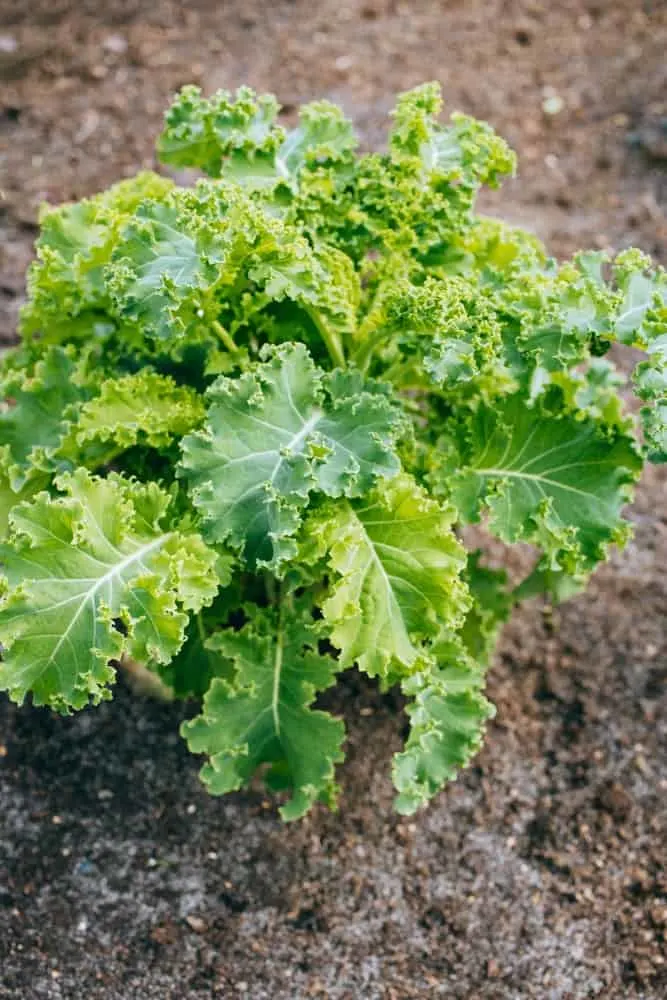
Kale and collard greens top the list, due to their flavor, incredible nutrition and ability to survive the winter. Even in temperatures below freezing, you can pop out to the garden and harvest a leaf or two. Use them in soups or stews, or dehydrate the leaves into savory kale chips.
One way to extend their life in the garden, is to mulch around the base of the plant to protect from chilling frosts.
2. Onions and shallots
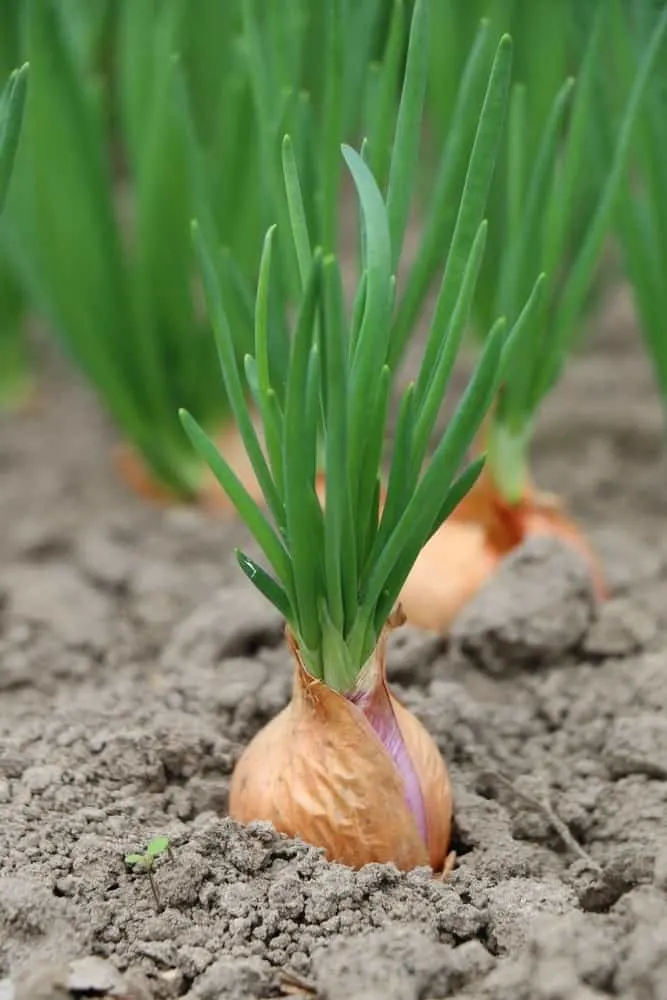
Alliums have a long growing season, and while you won’t be eating these till next summer, the time to plant them is now!
Autumn planting of onion sets allows the roots plenty of time to get established before the soil freezes – they are reasonably hardy and take care of themselves.
The only thing you need to watch out for, is that they may still be underground (hiding) when you are ready to plant early spring crops such as peas or carrots.
One way to avoid the surprise of overplanting, or accidentally digging your onions and shallots up, is to leave a marker where they are planted.
3. Spring onions
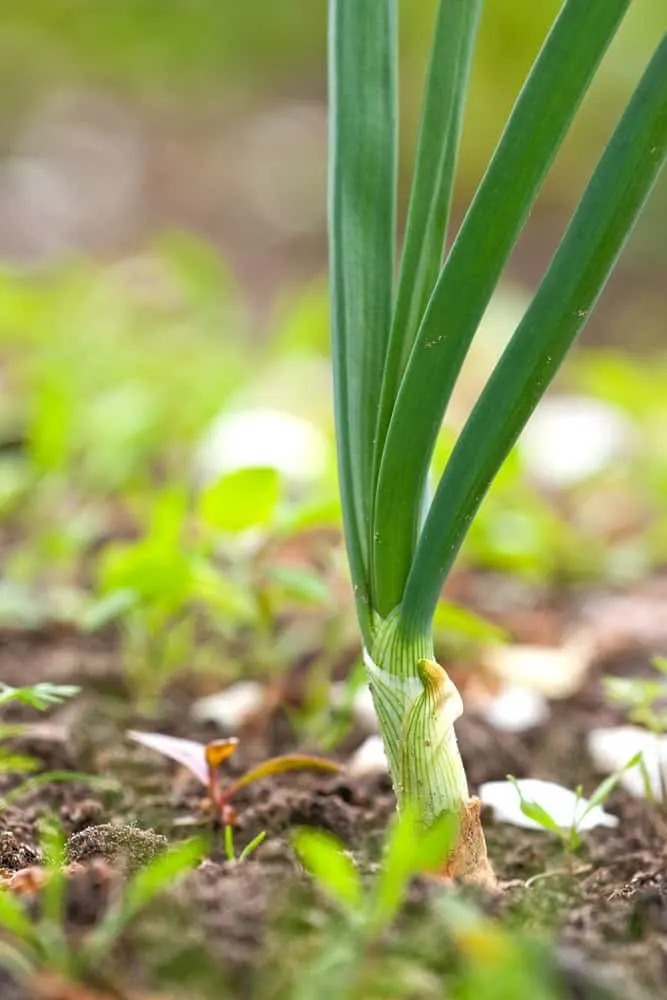
One of our favorites in the garden is perennial bunching onions as they can be harvested even after the first snowfall.
They are also one of the first greens to emerge in the garden, well before the ramps.
Spring onions, or scallions, are a little less hardy, yet their roots will always see the winter through. Early autumn sowing will lead to an early spring harvest.
If you have a greenhouse or cloche, you should be able to nibble on onion greens all winter long.
4. Garlic
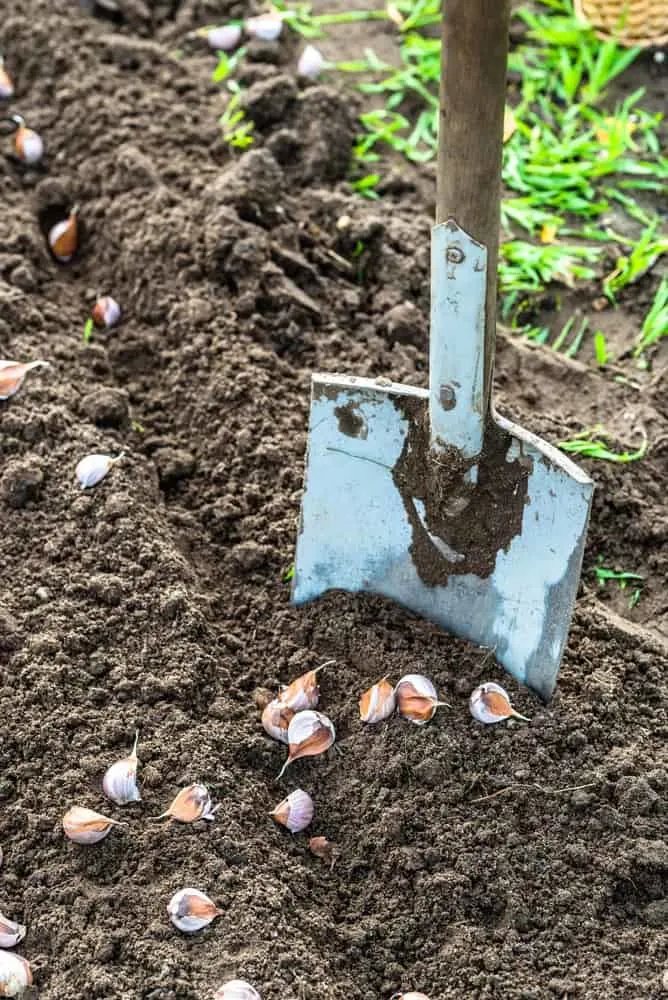
Garlic is good for so many things.
It staves off colds and the flu. You can pickle it with outstanding results and you can also ferment it in salsa or this lacto-fermented garlic recipe.
Talk about a powerful plant!
But it’s truest superpower is surviving the winter.
Fall is the ultimate best time to plant garlic, after the autumnal equinox in late September. At the moment you still have time to prepare your garden beds, and don’t forget to lay down 6-8 inches of mulch on top of your deep-bedded garlic cloves.
Here’s our total guide to growing garlic in the fall.
5. Asparagus
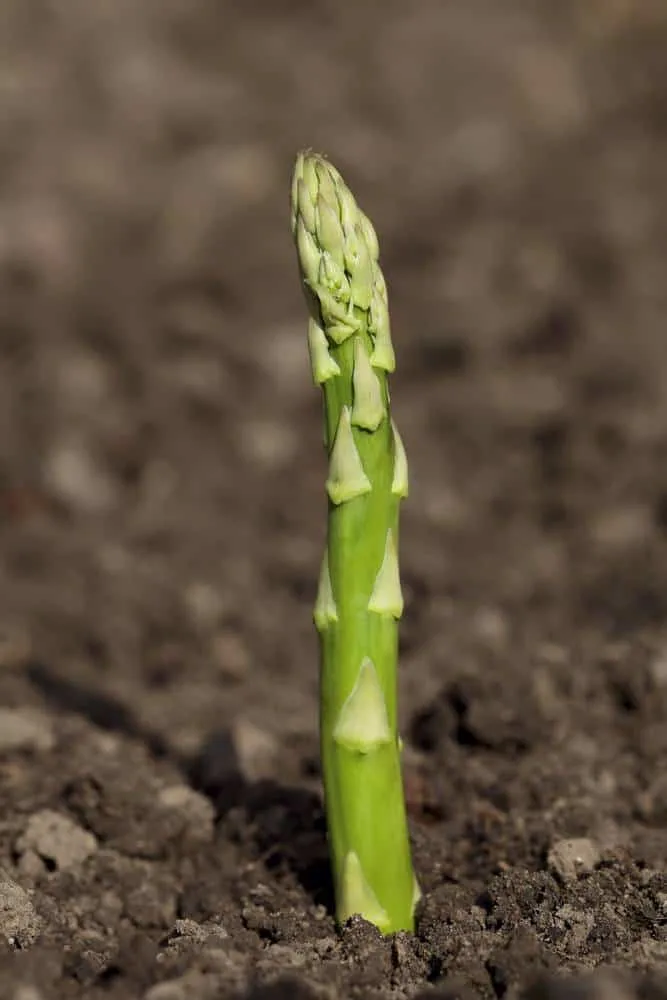
If you adore asparagus, you will also have to have patience, or an already established bed of these wonderful green spears.
It takes a minimum of 2 years to harvest your first planted asparagus crowns, but we all know that tender asparagus fresh from the garden is worth the wait.
As often happens, patience is awarded with abundance. Asparagus spears can continue to produce for 25+ years, that’s why we have added this fall planted vegetable to our list of perennials to grow in the garden.
Asparagus is reliable (given proper soil conditions), nourishing and a top performer in the garden – just make sure you have plenty of space!
Here’s our guide to starting a new asparagus bed.
6. Turnips
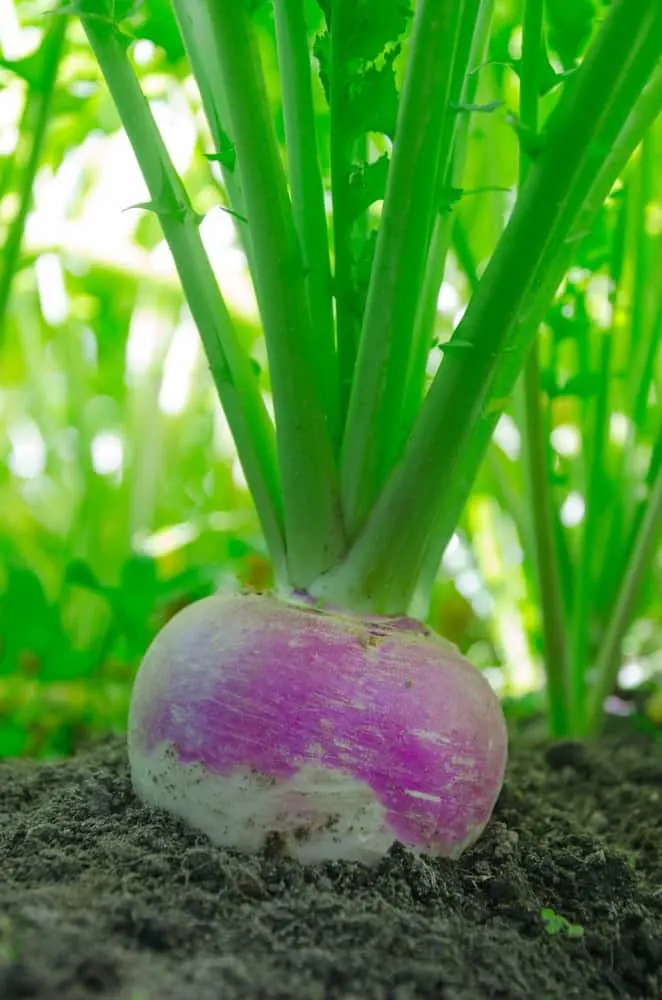
While turnips aren’t at the top of everyone’s grocery list, there is certainly something to appreciate about them.
They are loaded with lots of B vitamins, as well as iron, magnesium, calcium and copper. Not only is the tuber edible, the leaves are too.
Some may think of it as a survival plant (or one dedicated to livestock consumption) – a thing to eat when nothing else is available. Yet, as gardeners we should embrace plants that grow with little effort, at the same time providing essential minerals and vitamins needed for us to thrive.
Turnips boost our immune systems, improve bone strength, give a boost to sluggish metabolism and are anti-inflammatory.
What more could we expect from a winter vegetable?!
7. Carrots
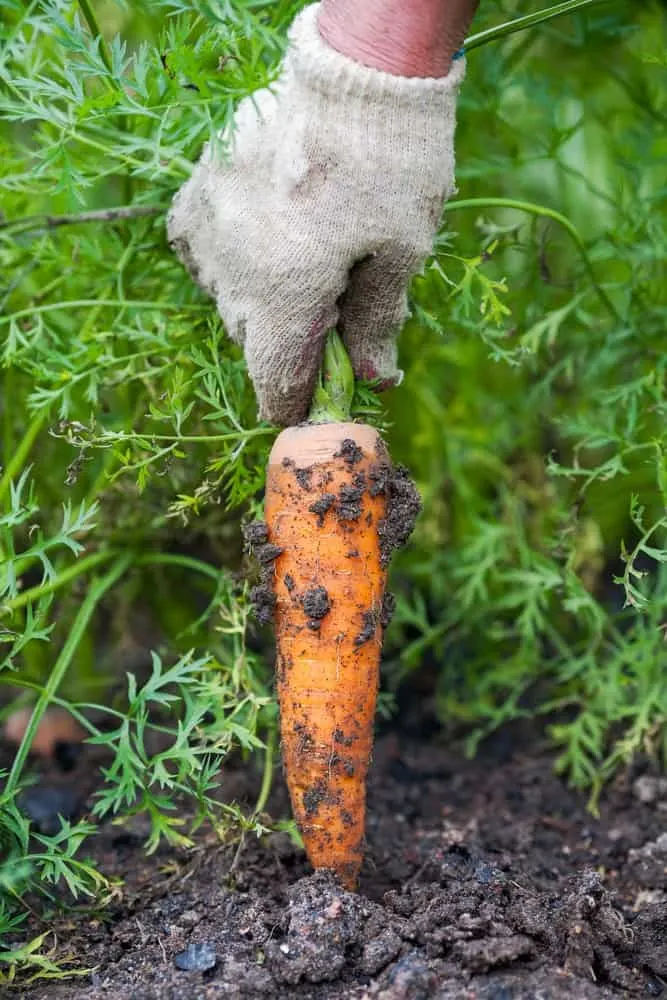
If you wish to grow carrots to a considerable size before eating, a polytunnel or DIY greenhouse is highly recommended.
Otherwise, know that they won’t grow much over winter if they are sown directly in the soil, though they will be one of the first greens to pop up in your garden come spring!
Don’ forget that the carrot greens are edible as well, anytime of year. Just pluck a few leaves from each carrot, so as not to inhibit growth of the root below.
8. Winter lettuce
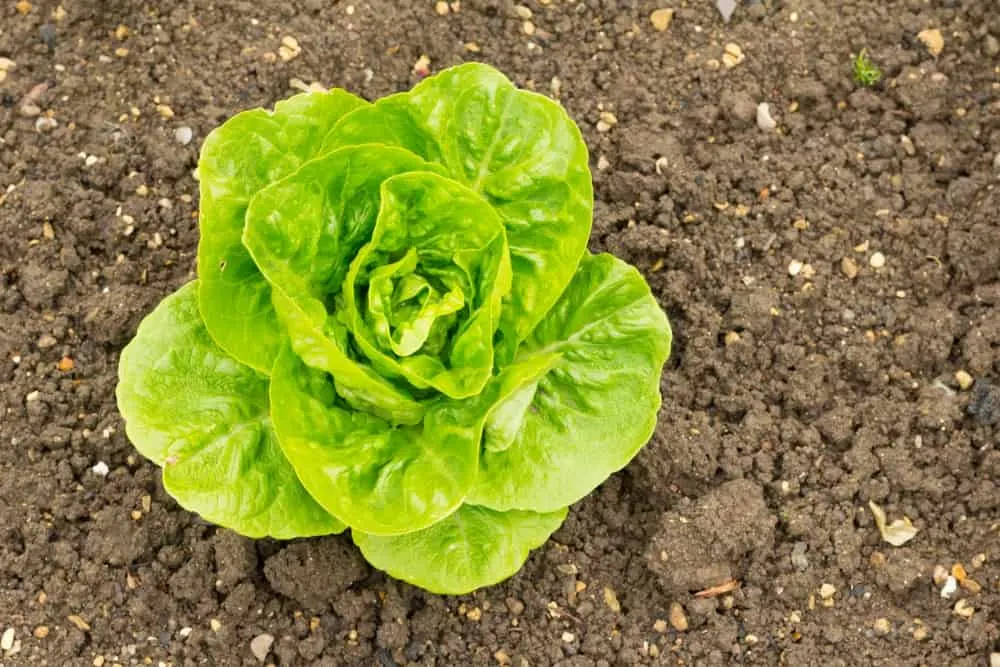
In the deep of winter, it is always nice to have a bite of green.
However, if you buy lettuce from the store, it may come from hundreds of miles away or more!
If you are lucky enough to have a greenhouse or a cold frame, you can grow your own salad mixes year round.
Winter gem lettuce is one variety that doesn’t mind the lower temperatures, Lamb’s lettuce is also winter hardy; cress, rocket, radicchio and endive are all wonderful options for fall planting.
9. Perpetual spinach
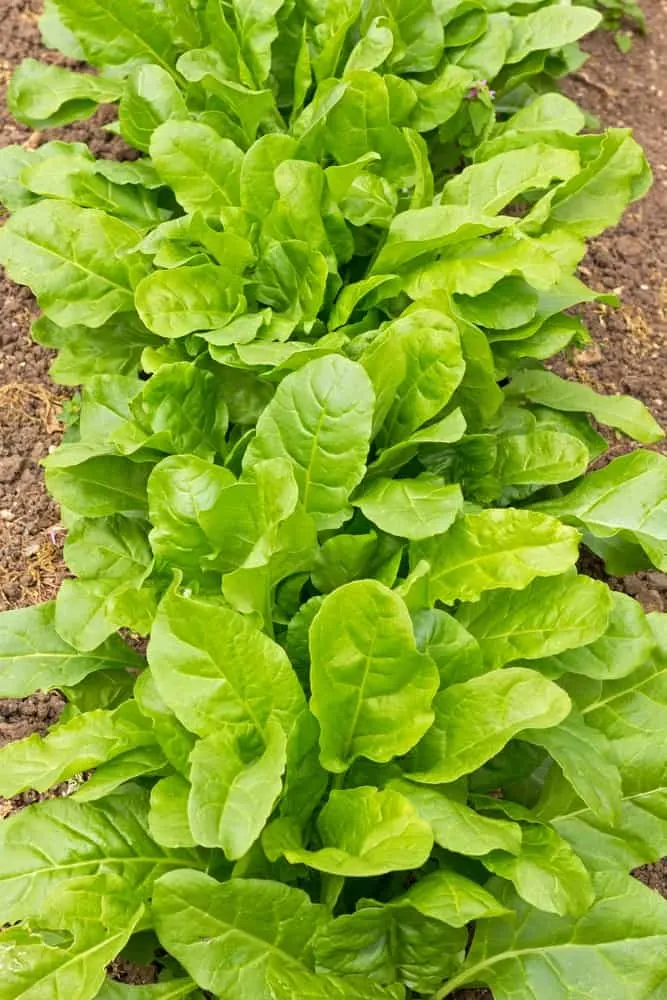
An easy to grow leaf vegetable, perpetual spinach is neither perpetual, nor is it a true spinach, though it is very low maintenance.
It is in fact, a member of the chard family, and it outgrows spinach by several months, attributing to its longevity in the garden.
Perpetual spinach will give you food in the hottest months, as well as the coldest.
10. Broad beans
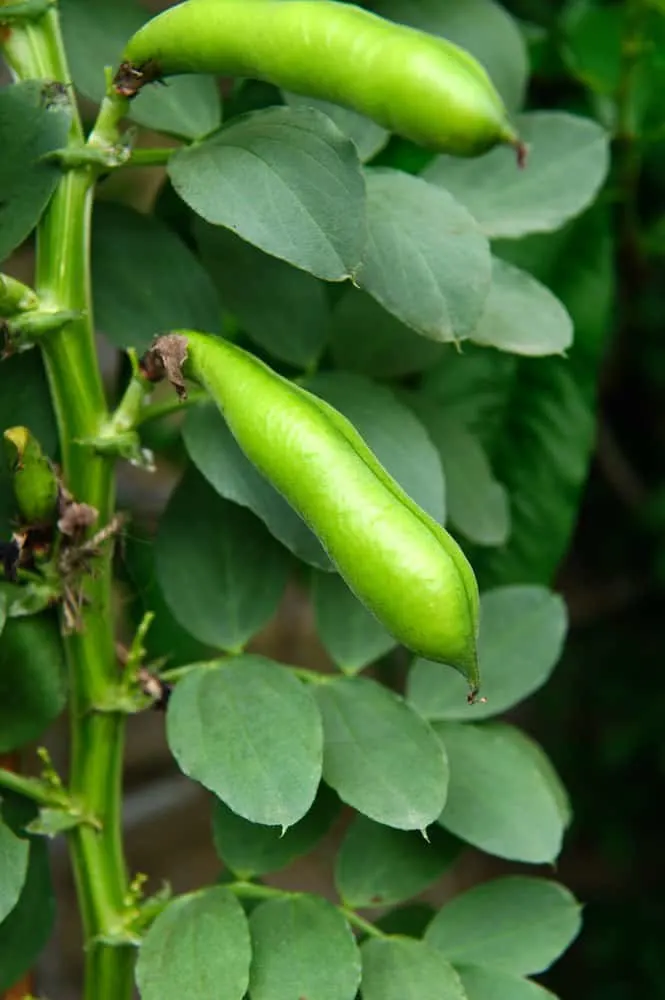
Broad beans have beautiful blossoms, in addition to the fact that they are loaded with nutrients.
The best way to eat them is freshly picked, as one might expect. While they are often planted in spring, some varieties can also be planted in autumn. ‘Aquadulce Claudia’ is one of the best.
This variety can be sown as late as November in some locations. However if the winter is too harsh, it may need to be covered with extra mulch or a cloche.
Growing perennials in the garden
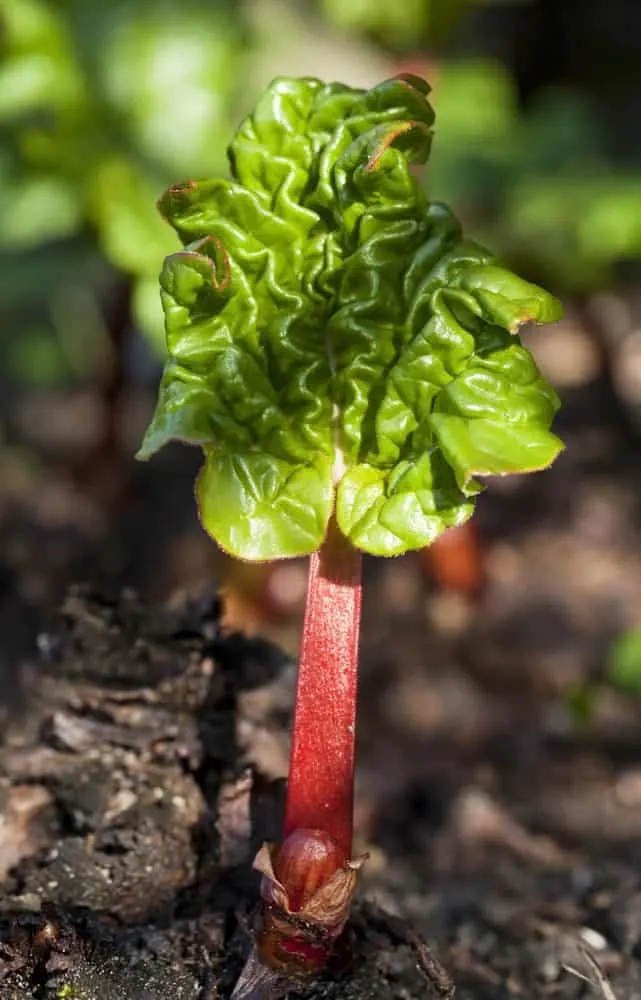
Setting annuals and bi-annuals aside for a moment, think about all the perennials that you can grow in your garden.
It takes away all the guesswork of knowing when to plant and just how much water they need – their more complex root system allows them to reach deeper into the ground . Plus, you are almost guaranteed a crop every single time.
How about adding some permanence to your garden with these beautiful and tasty perennial vegetables:
- Rhubarb
- Asparagus
- Artichokes
- Jerusalem artichokes
- Sorrel
- Ramps
- Perennial herbs – horseradish, lavender, rosemary, lemon balm, sage, thyme, mint, chives and more!
If you would like to find out more about introducing perennials to your garden, this book is a must read: Growing Perennial Foods: A Field Guide to Raising Resilient Herbs, Fruits and Vegetables, by Acadia Tucker.
The key to a dynamic garden is diversity.
Why not combine annuals and perennials for the best garden produce of both worlds?
On the next nice day, make it a point to get out in your garden and see what needs to be done.
Weeding, bed preparation, fertilizing, mulching…
And don’t forget to plant a handful of seeds too!
Pin This To Save For Later
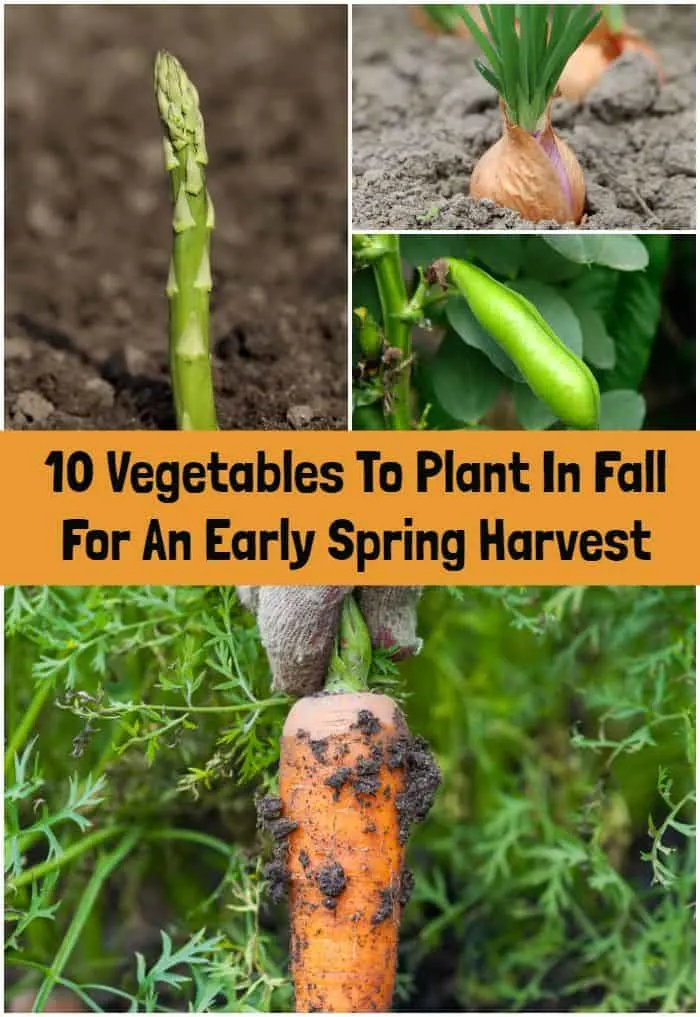

Get the famous Rural Sprout newsletter delivered to your inbox.
Including Sunday musings from our editor, Tracey, as well as “What’s Up Wednesday” our roundup of what’s in season and new article updates and alerts.


